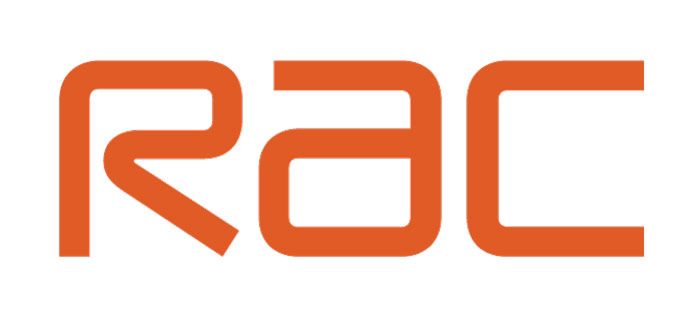History of the Run
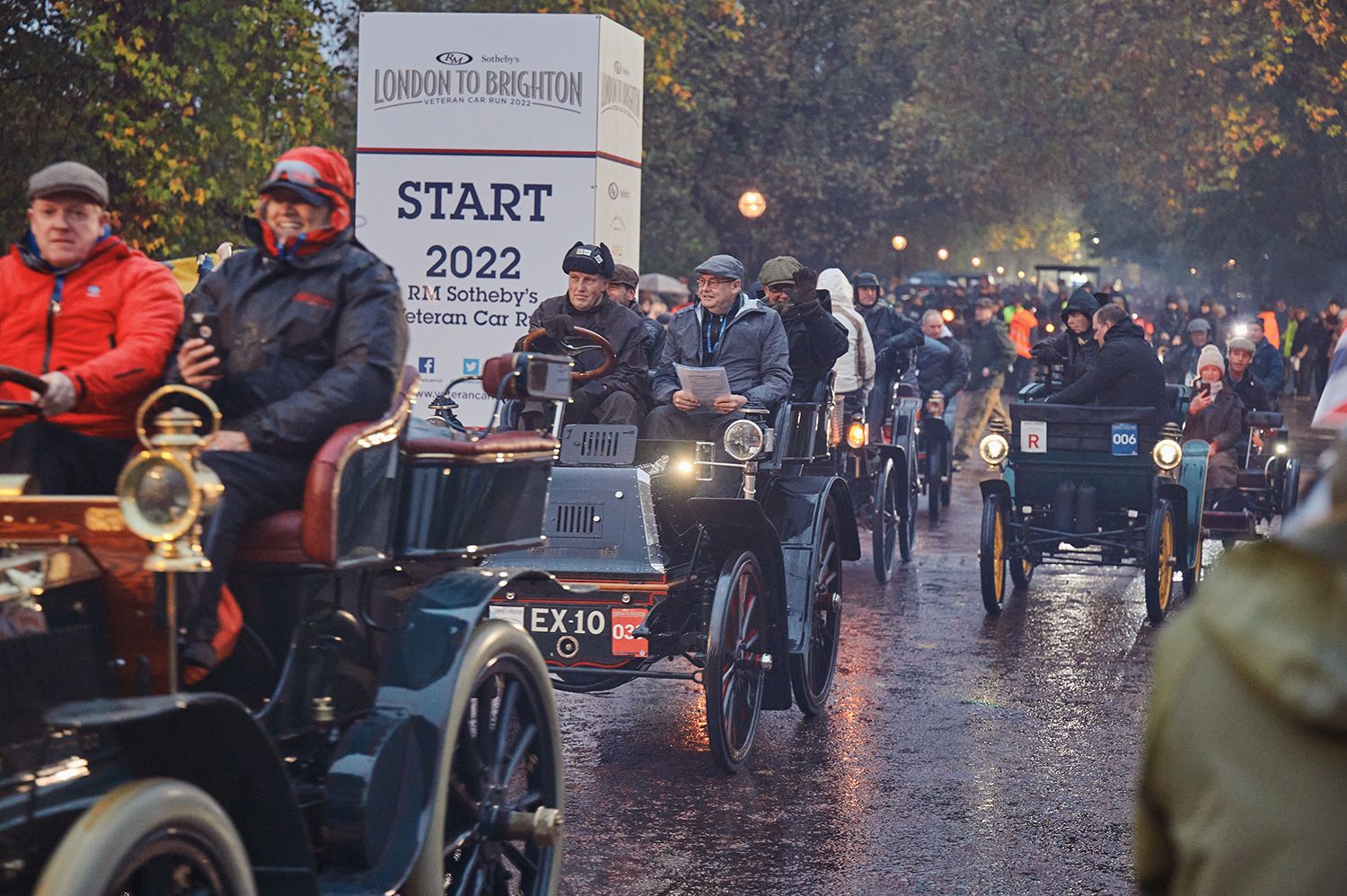
1896
The Red Flag Act of 1865 required a person waving a red flag to walk 60 yards ahead of an oncoming mechanically propelled vehicle, warning of its approach. A new Act of Parliament in 1878 removed the requirement for a red flag to be carried, and reduced the distance ahead of the vehicle that the person needed to walk from 60 yards to 20 yards. On 14 November 1896, the Light Locomotives on the Highway Act completely removed the need for a person to walk ahead of a vehicle and raised the speed limit for 'light locomotives' not exceeding 2 tons from 4 mph to 14 mph. It was the removal of these draconian restrictions which the first motoring club in the UK, The Motor Car Club, founded by Harry Lawson, celebrated by holding The Emancipation Run. In the first legal run for motors in Great Britain, pioneering motorists drove these primitive vehicles 60 miles from London to Brighton - thus demonstrating the practical use of the new Motor Car. The Act created a firm base from which a British motor manufacturing industry could at last be established after lagging the continent where no such restrictions had existed.
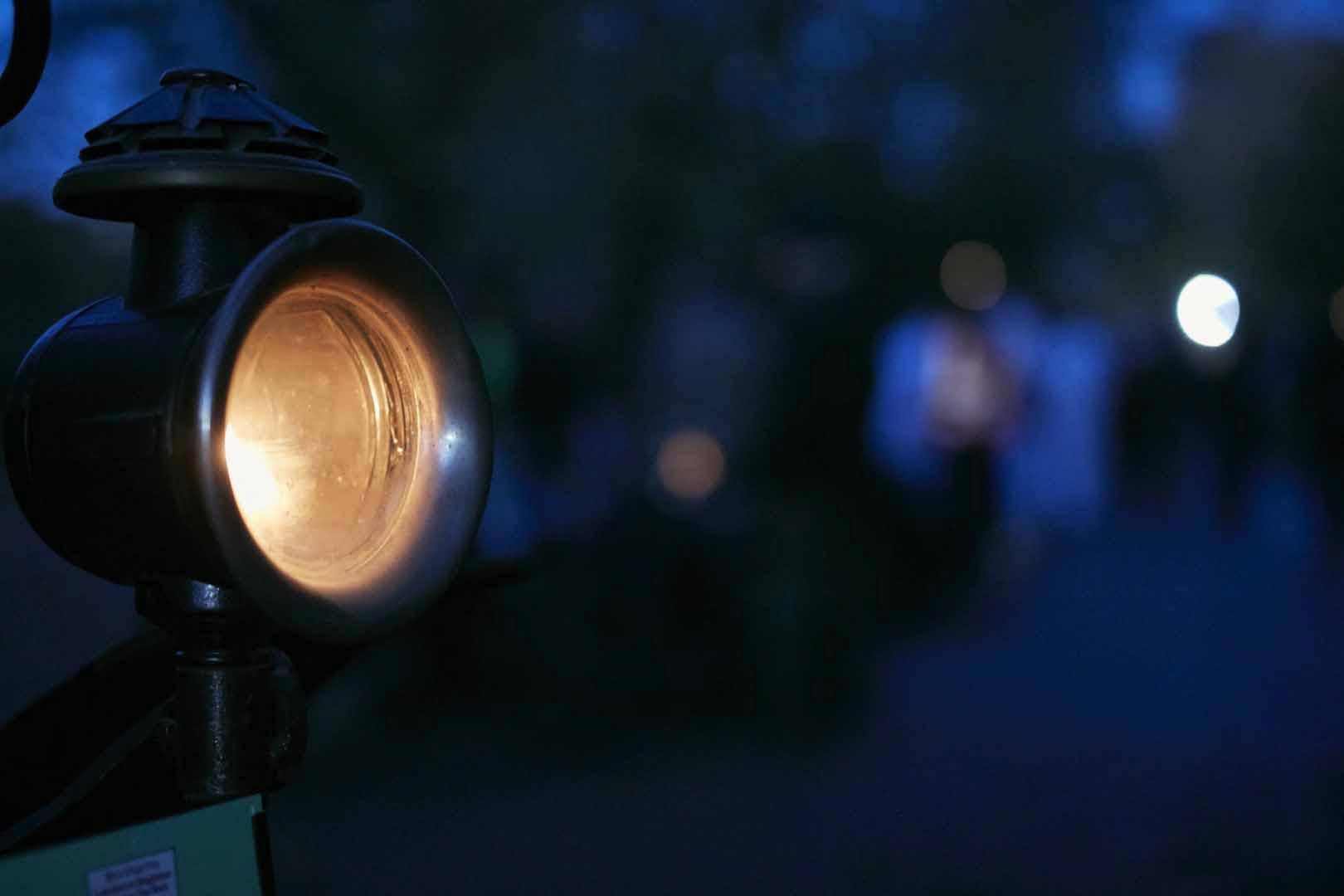
1897
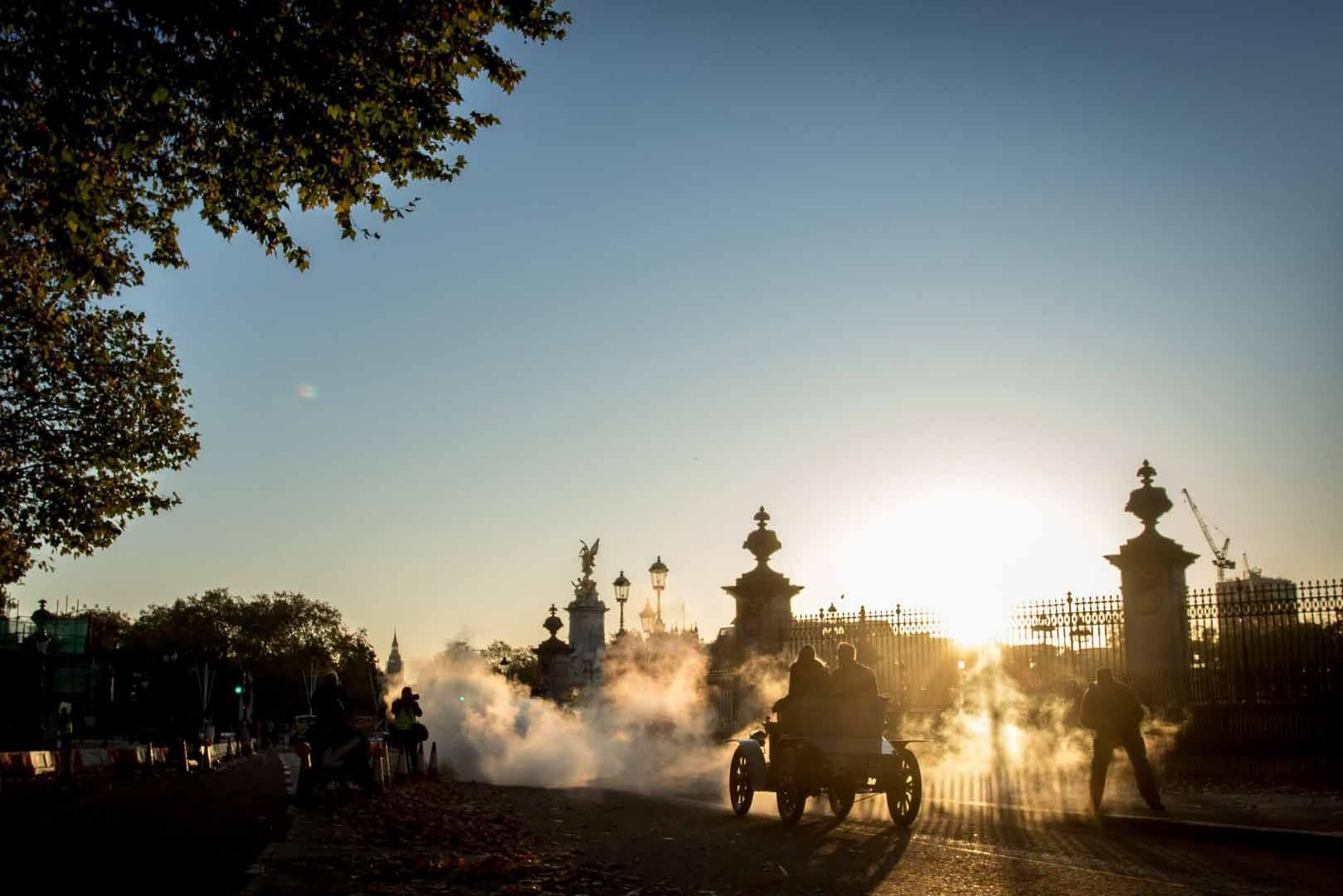
1898
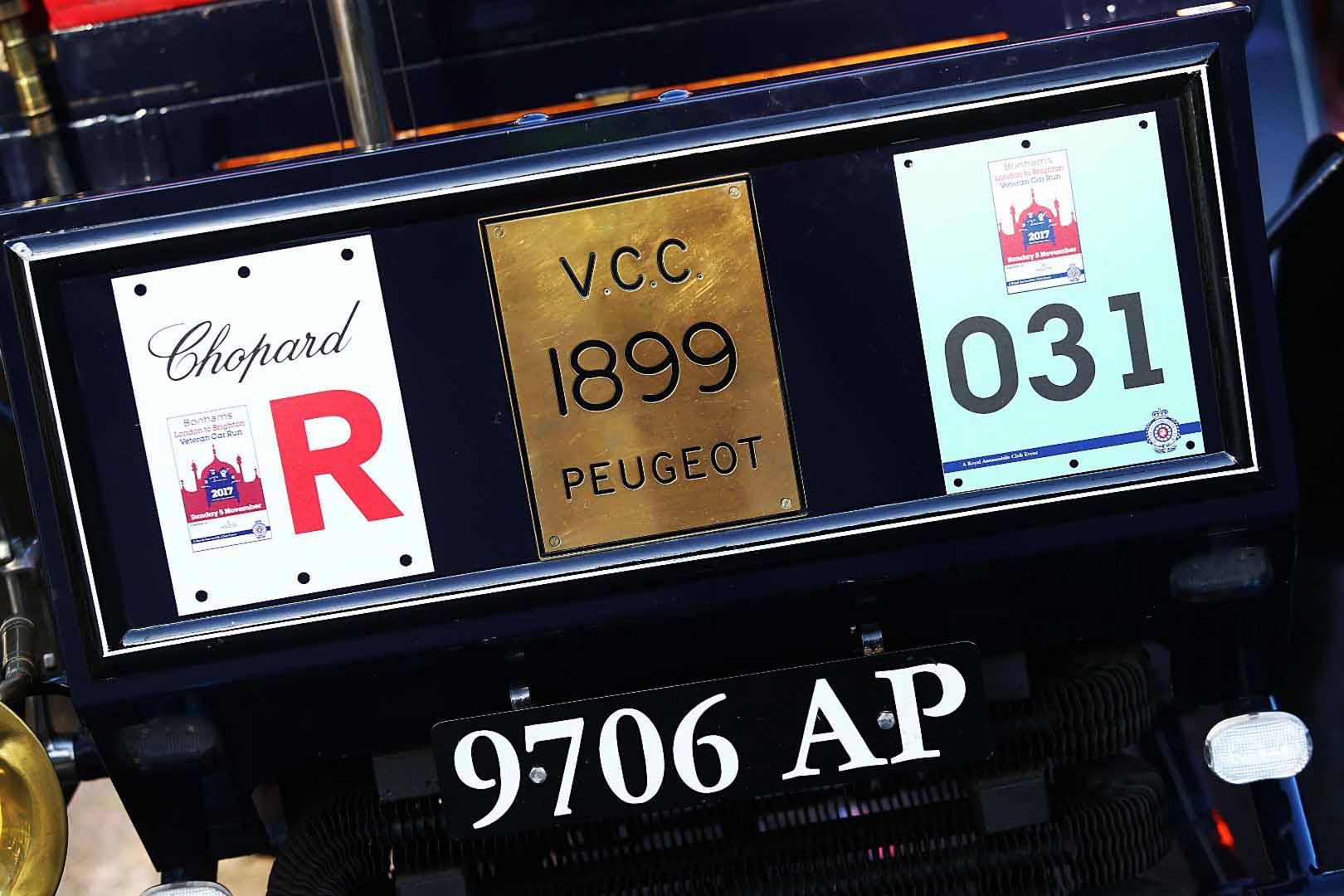
1899
This was The Motor Car Club's third Commemoration Run, but their first to Brighton. The newer Automobile Club (now the Royal Automobile Club) drove to Sheen House the day after.
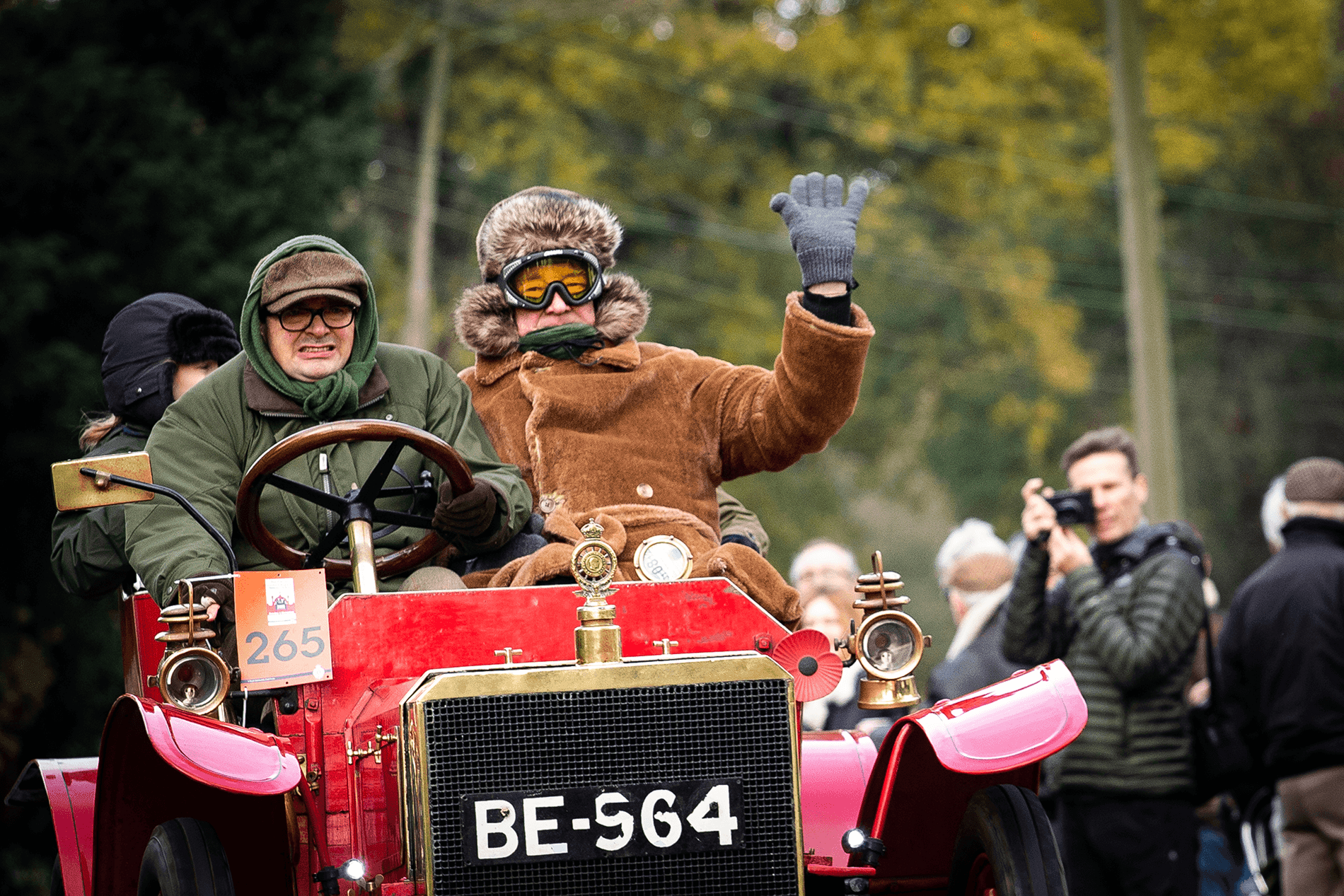
1900
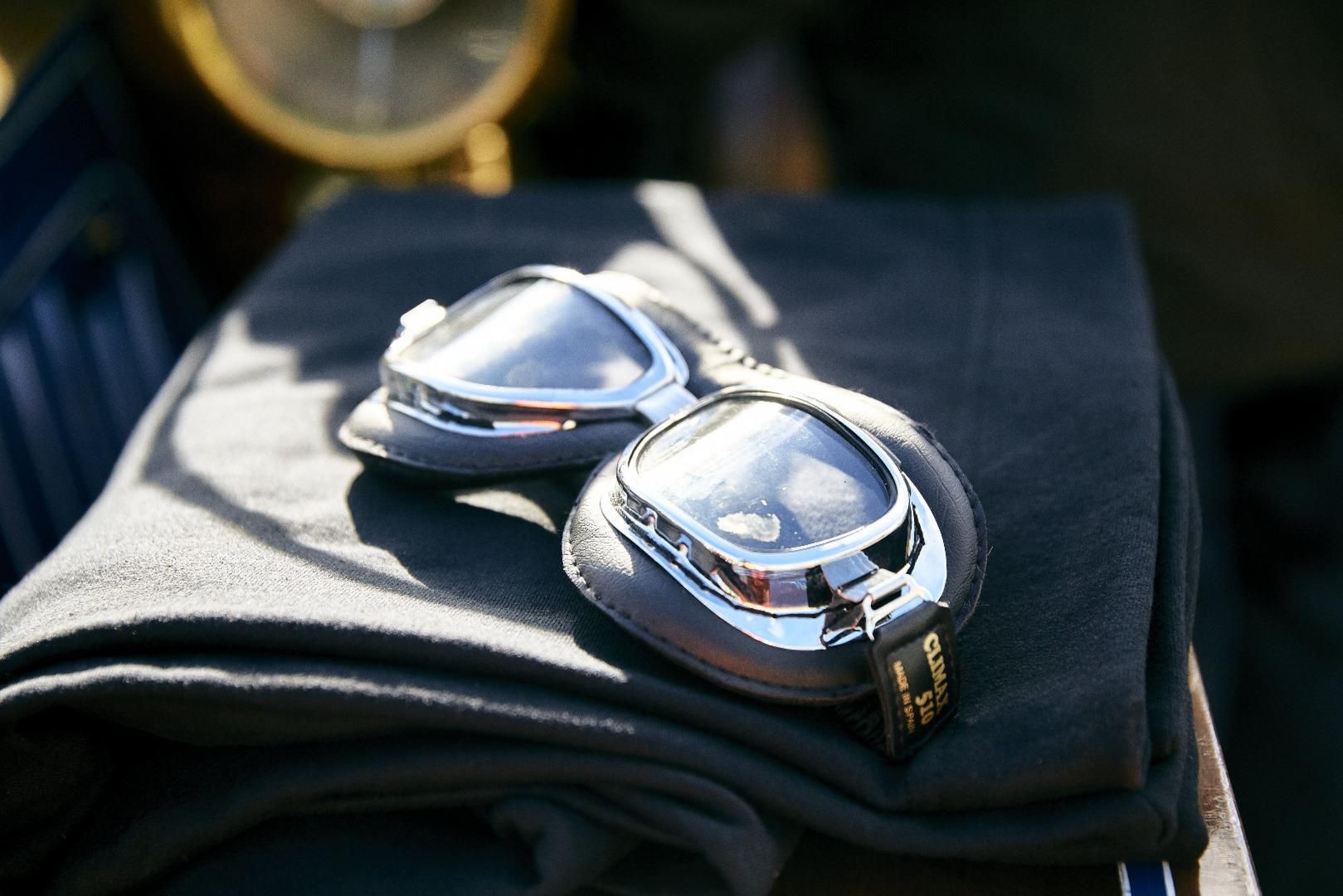
1901
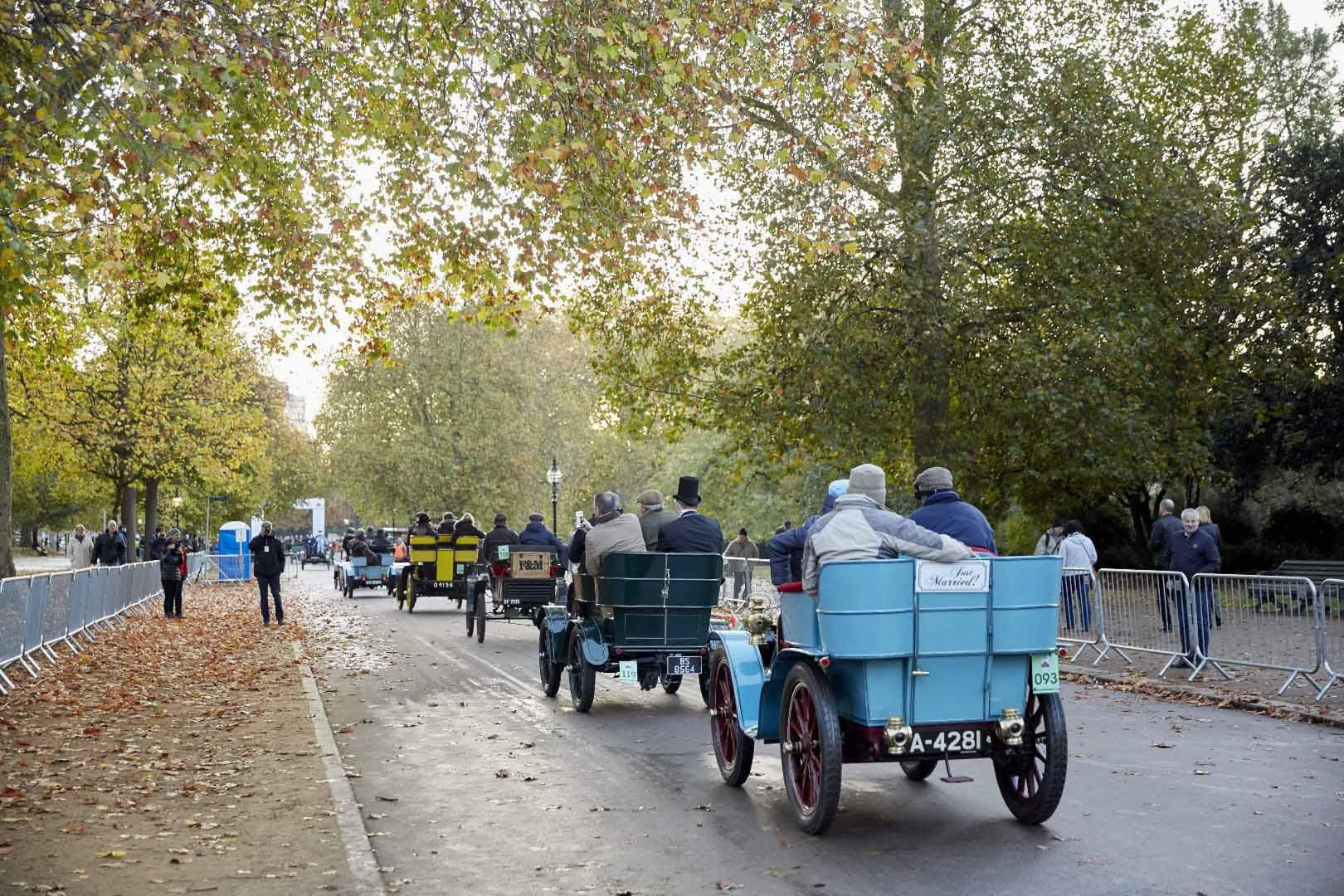
1902
1902 saw a Run to Oxford with 193 cars.
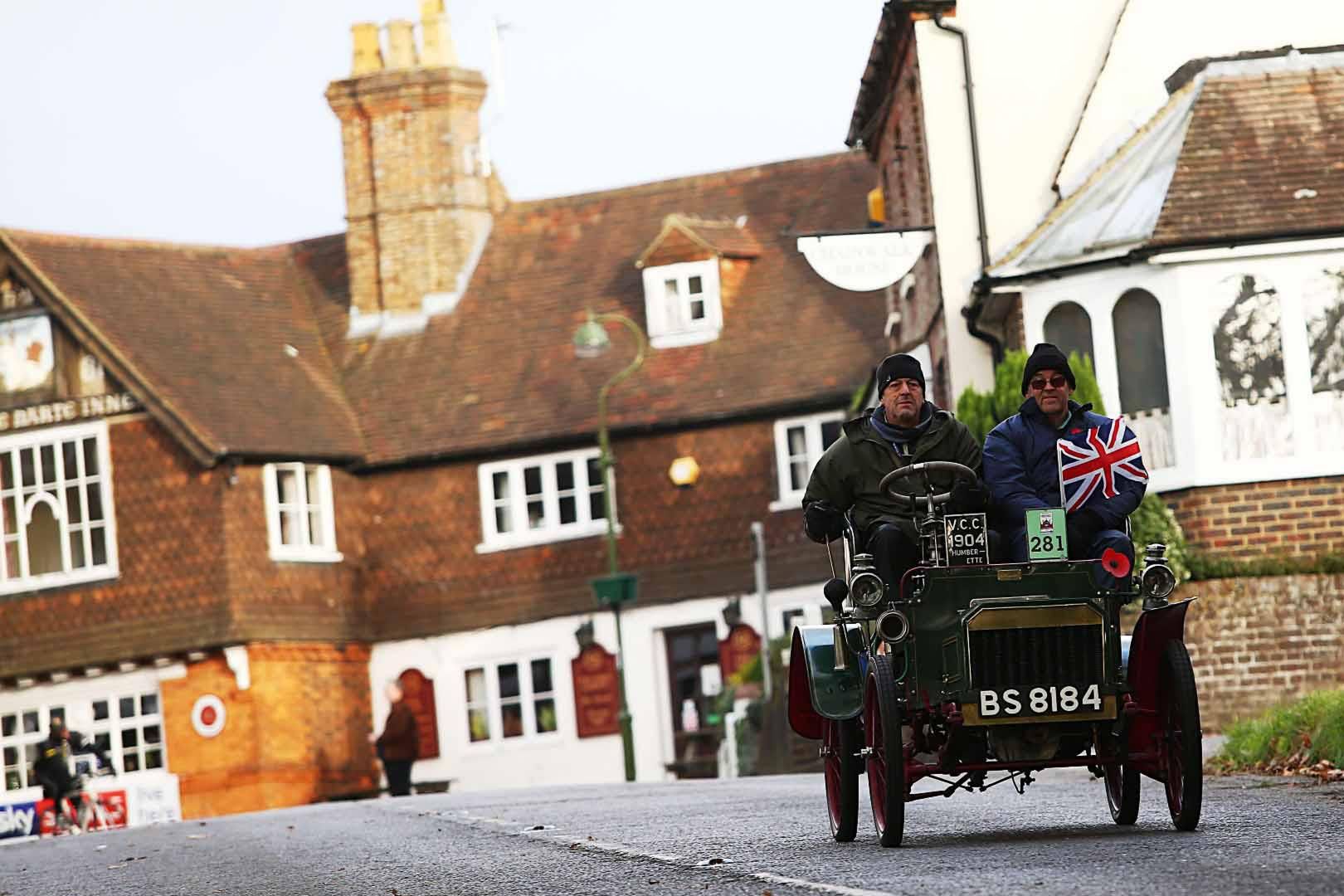
1903
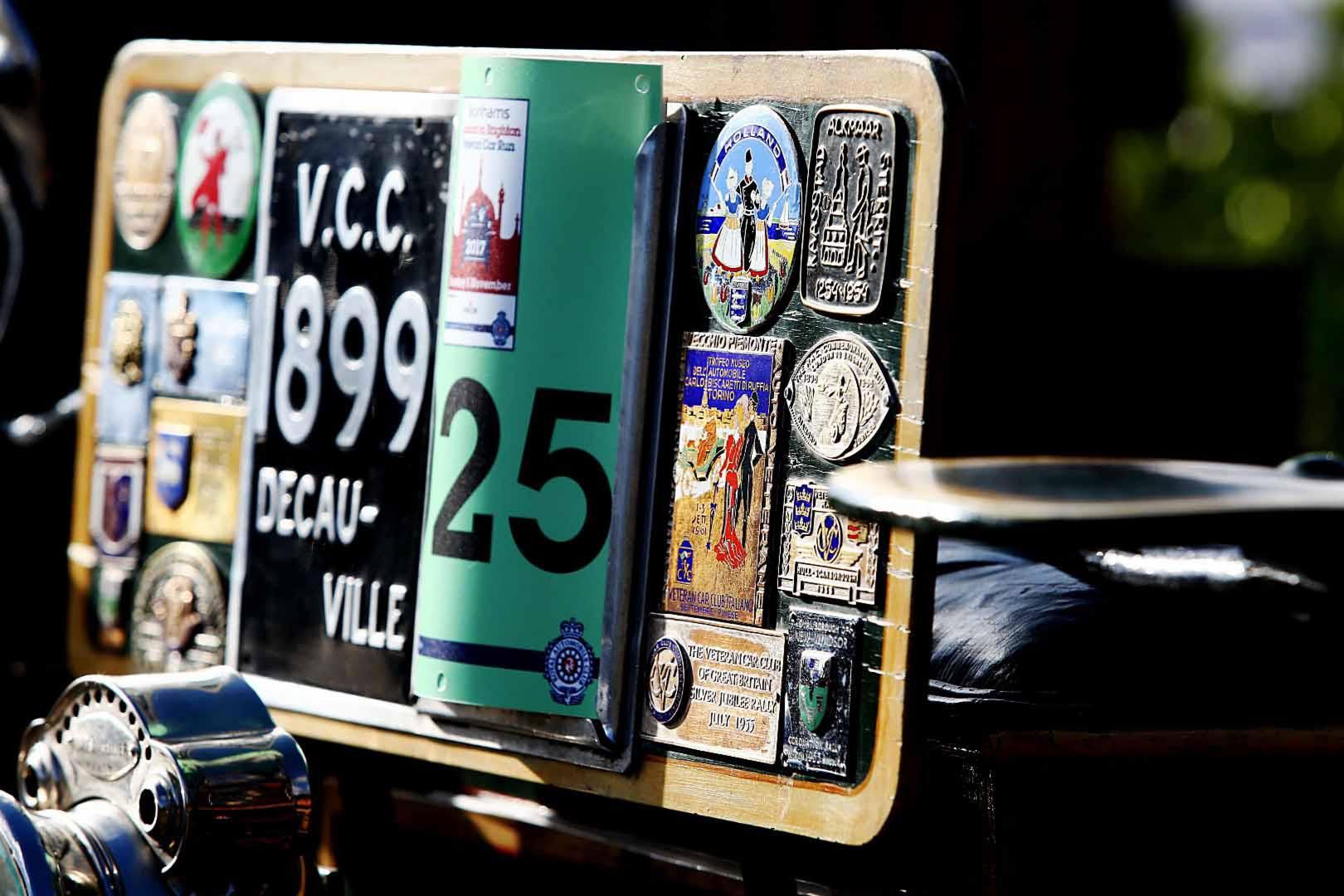
1904
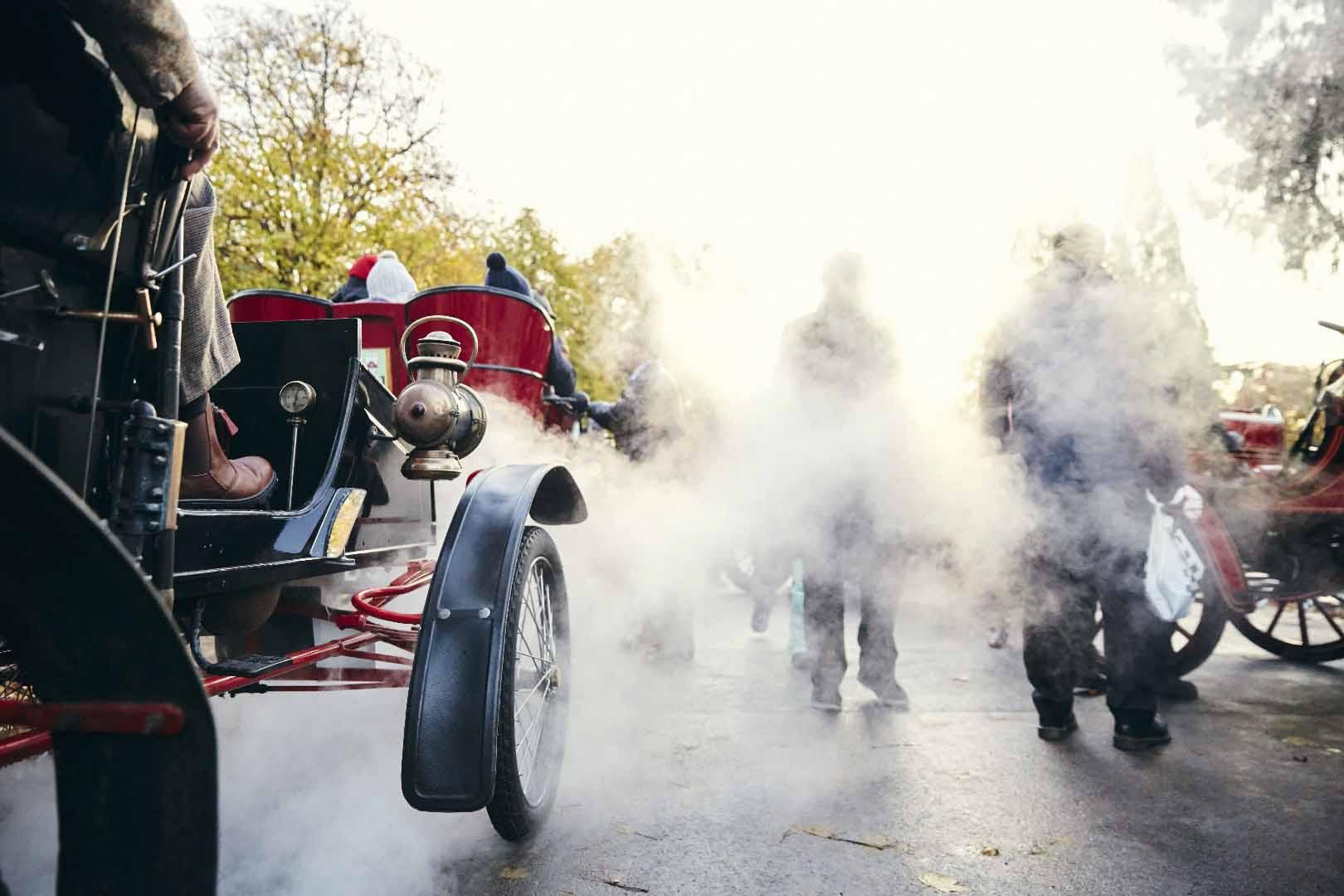
1927
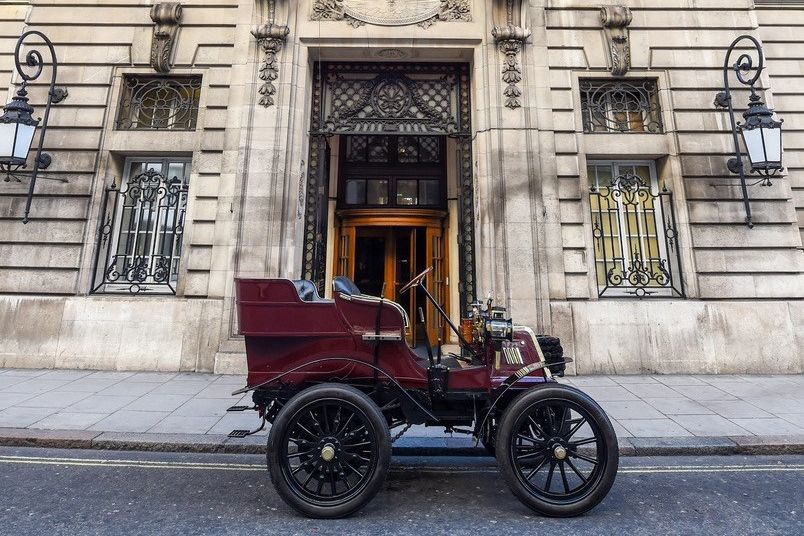
1930
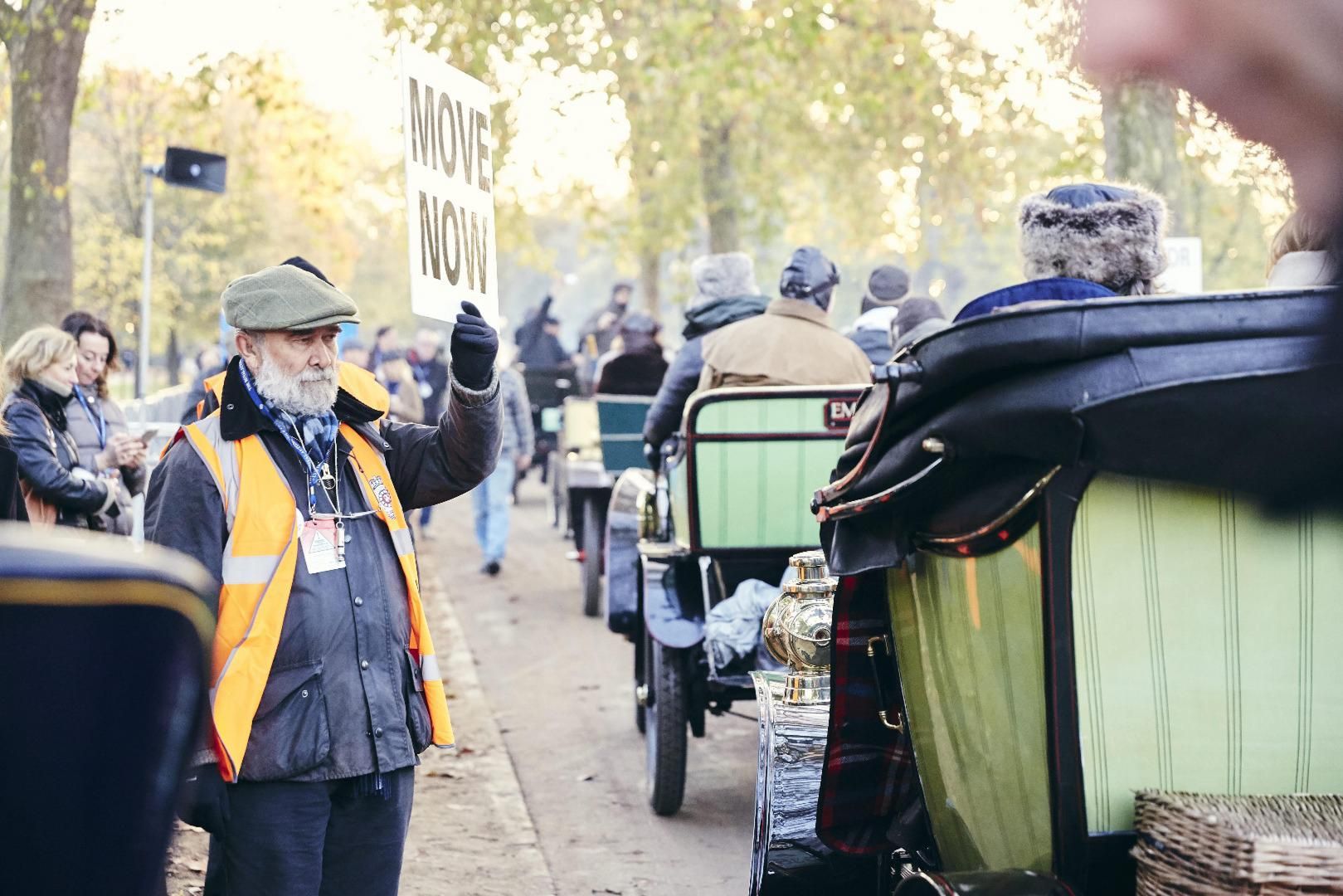
1936
The Royal Automobile Club moved the start of the Run to Hyde Park which has hosted the ceremonial early November Sunday morning assembly ever since.
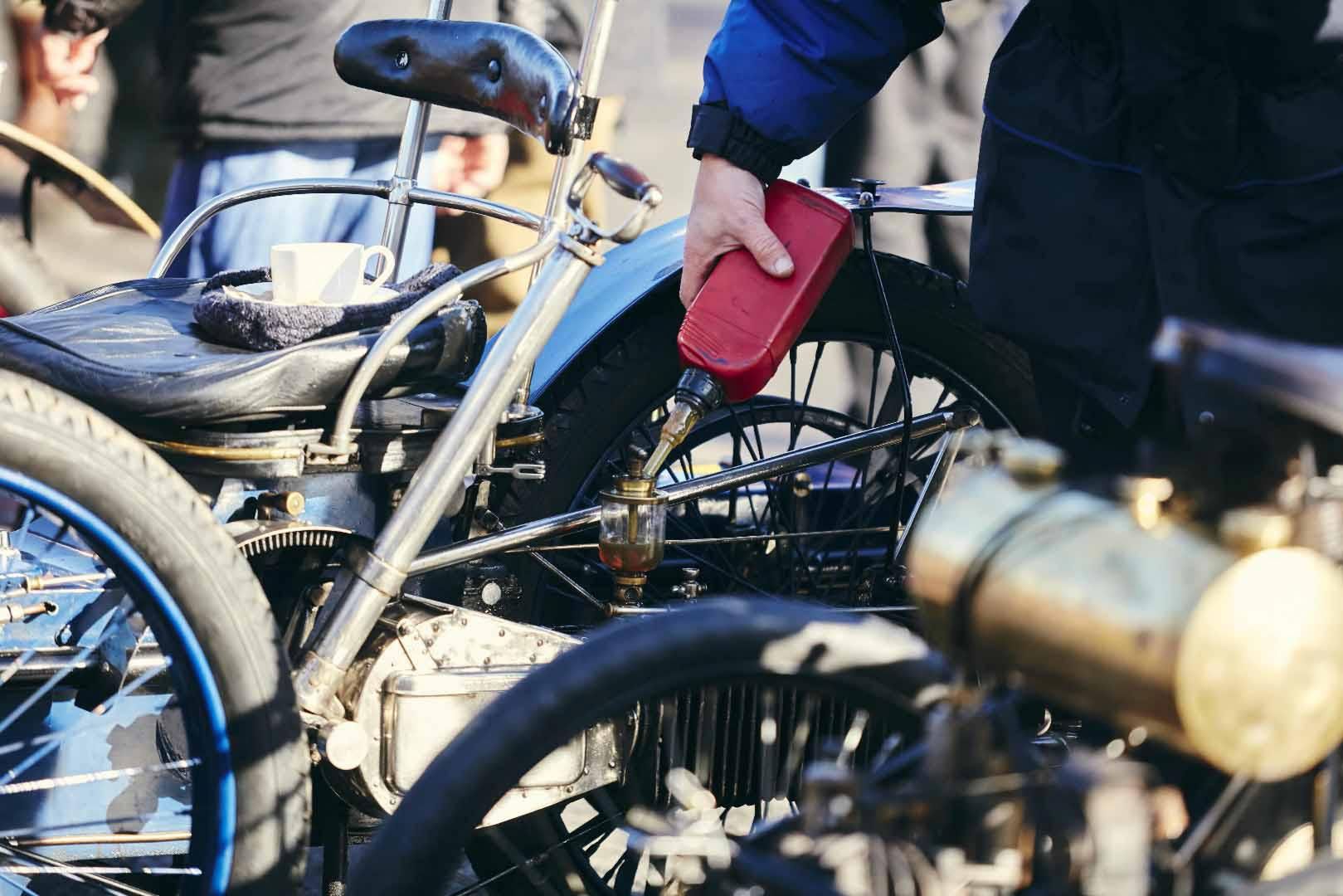
1939-45
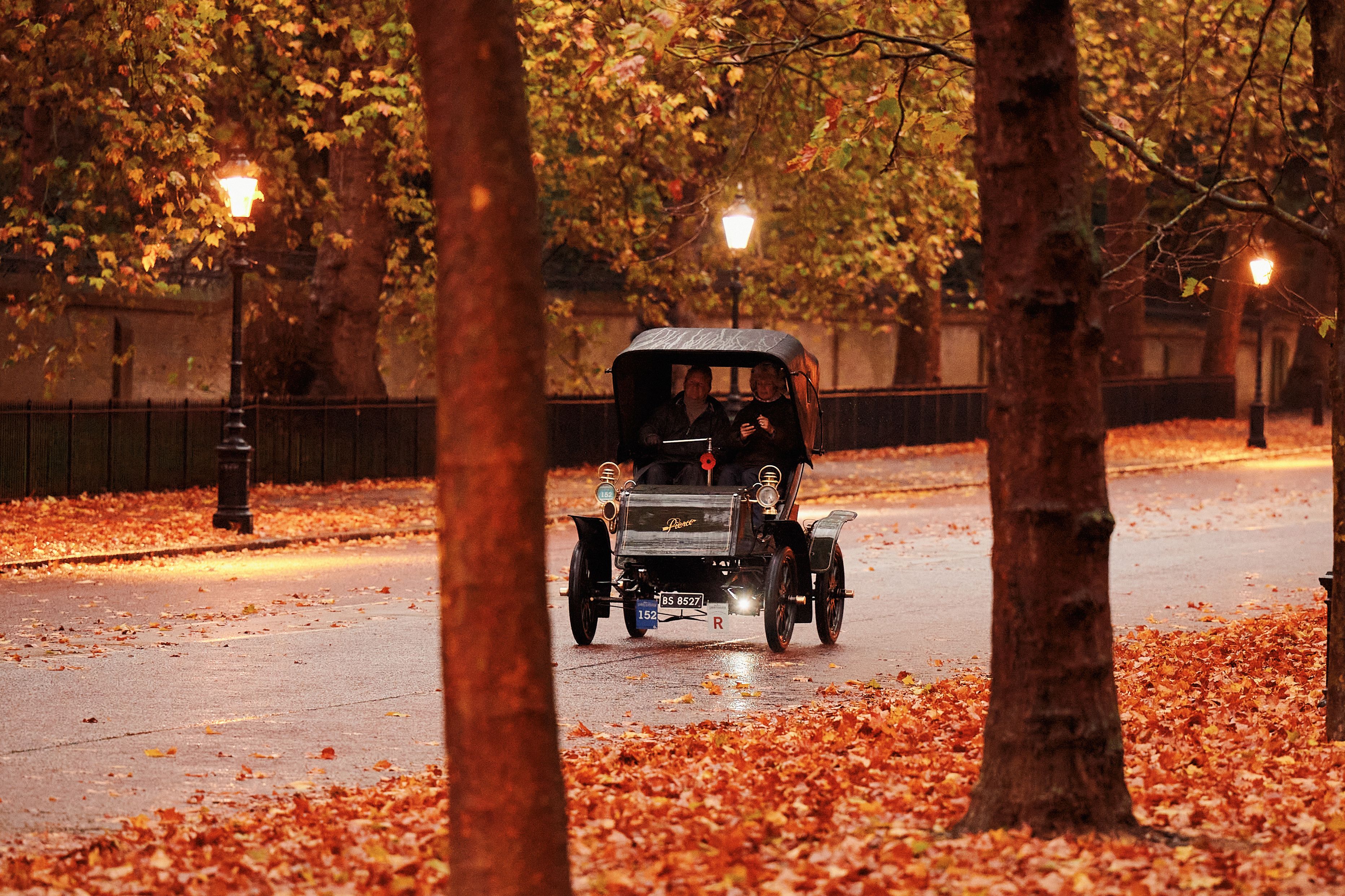
1947
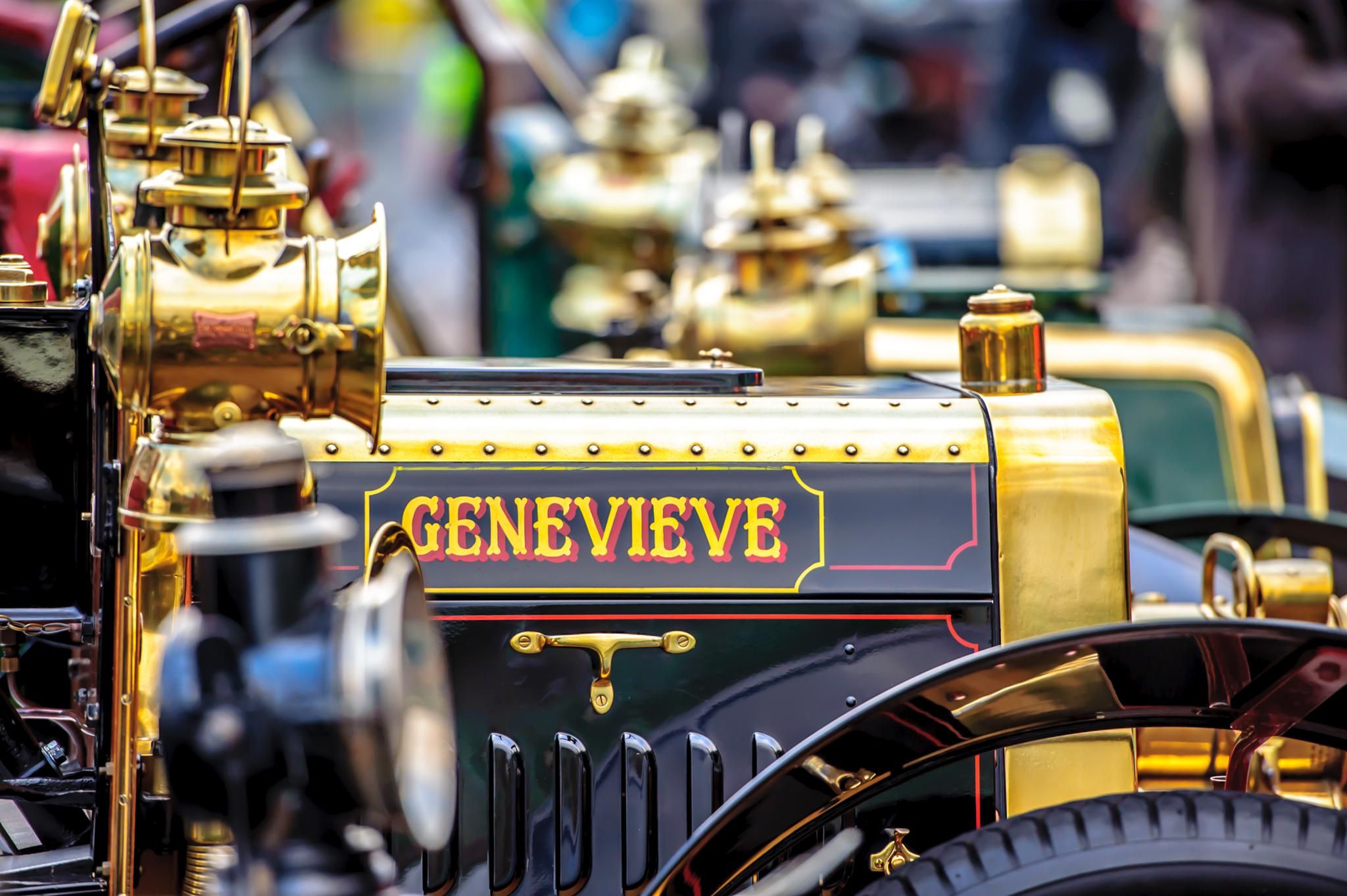
1953
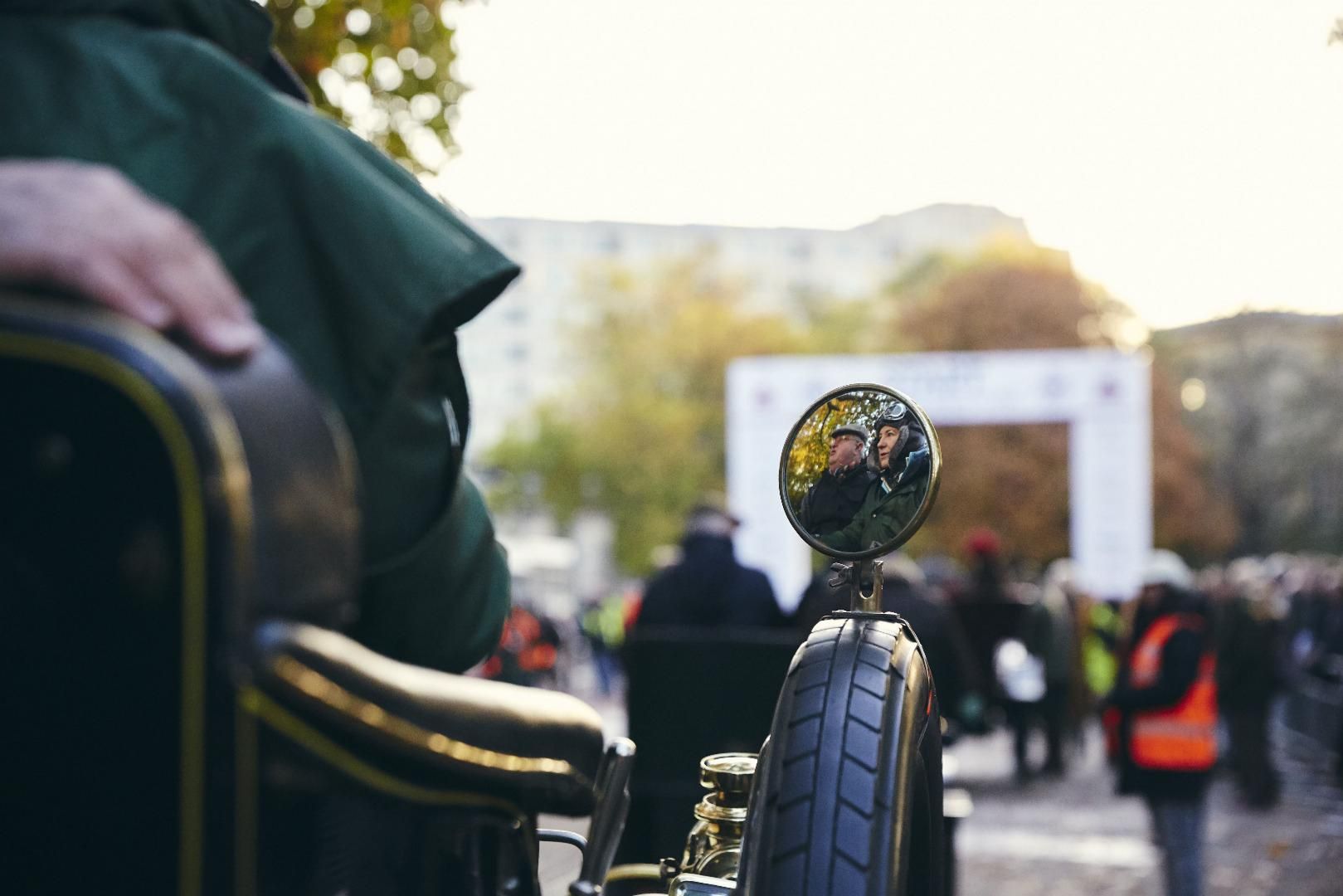
1956
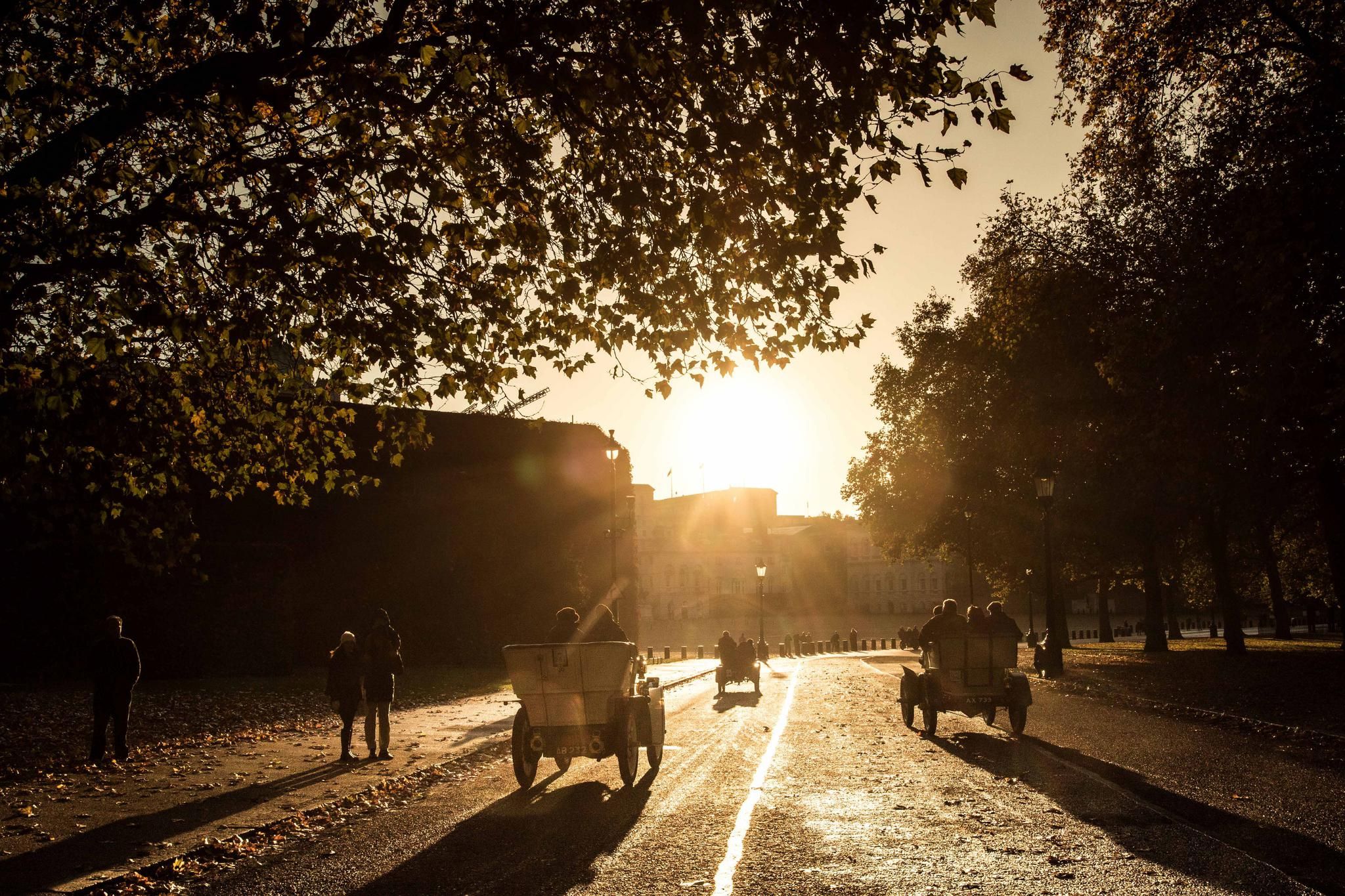
1965
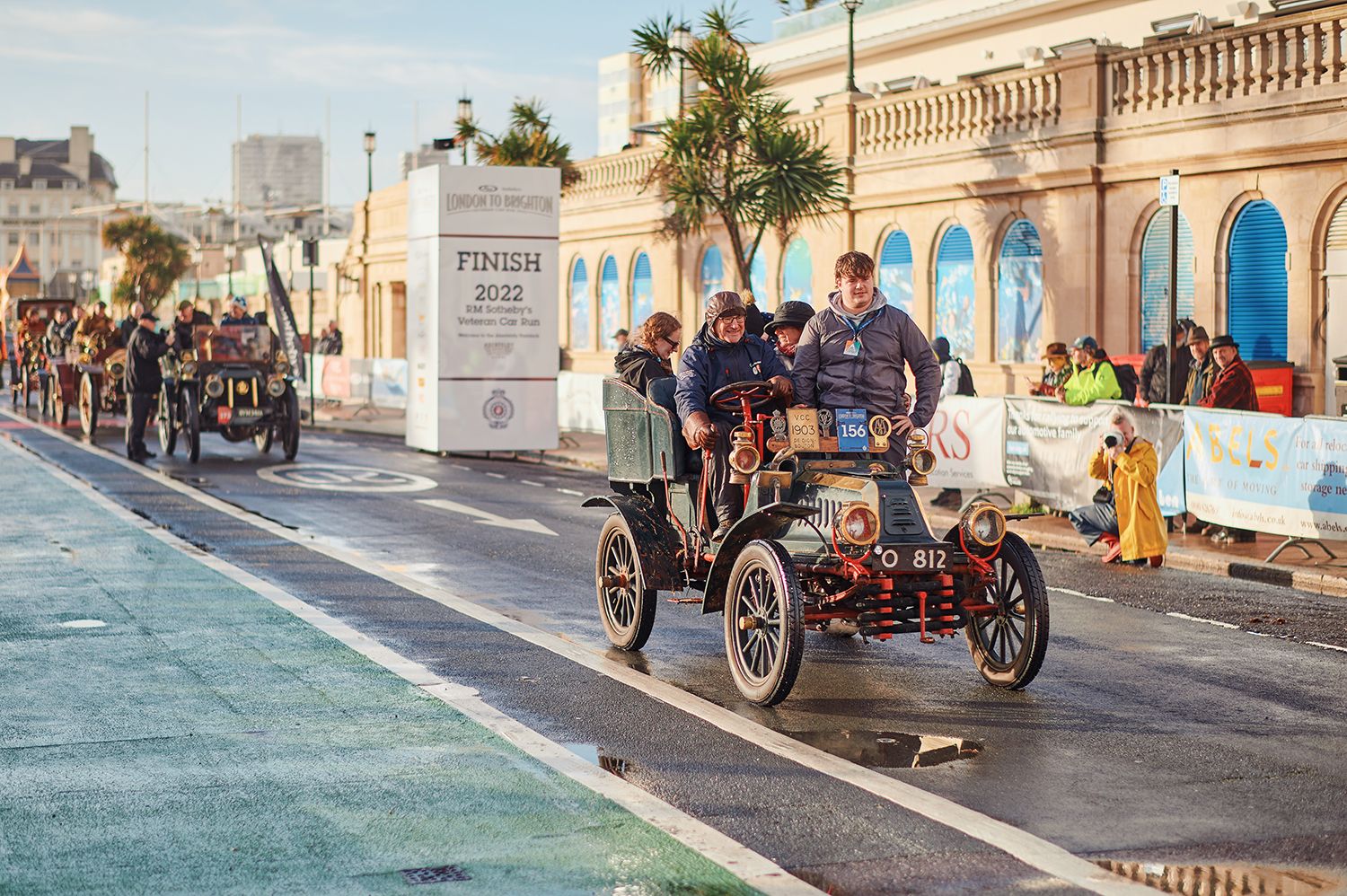
1971
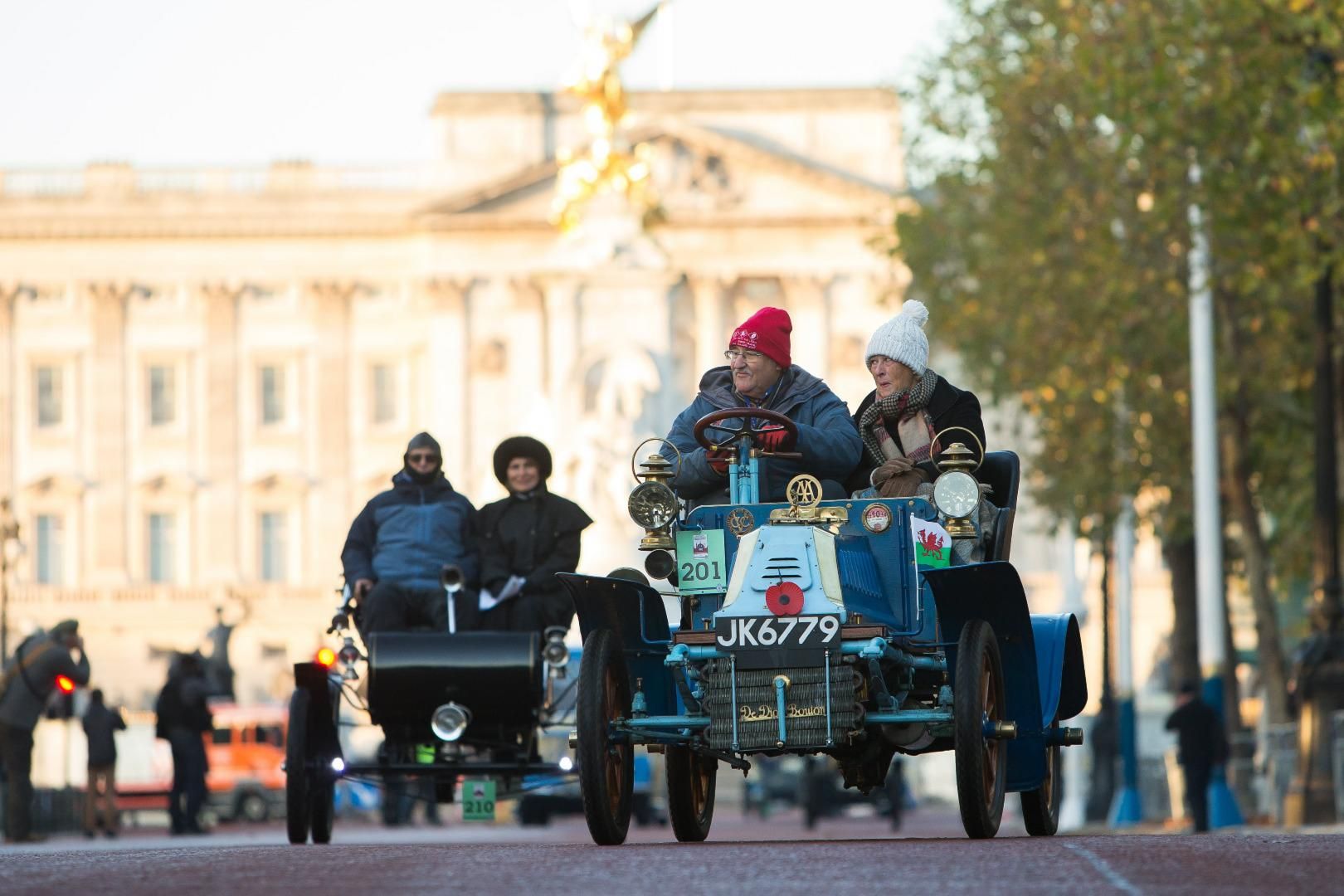
1976
Route change in London, missing out Buckingham Palace and The Mall.
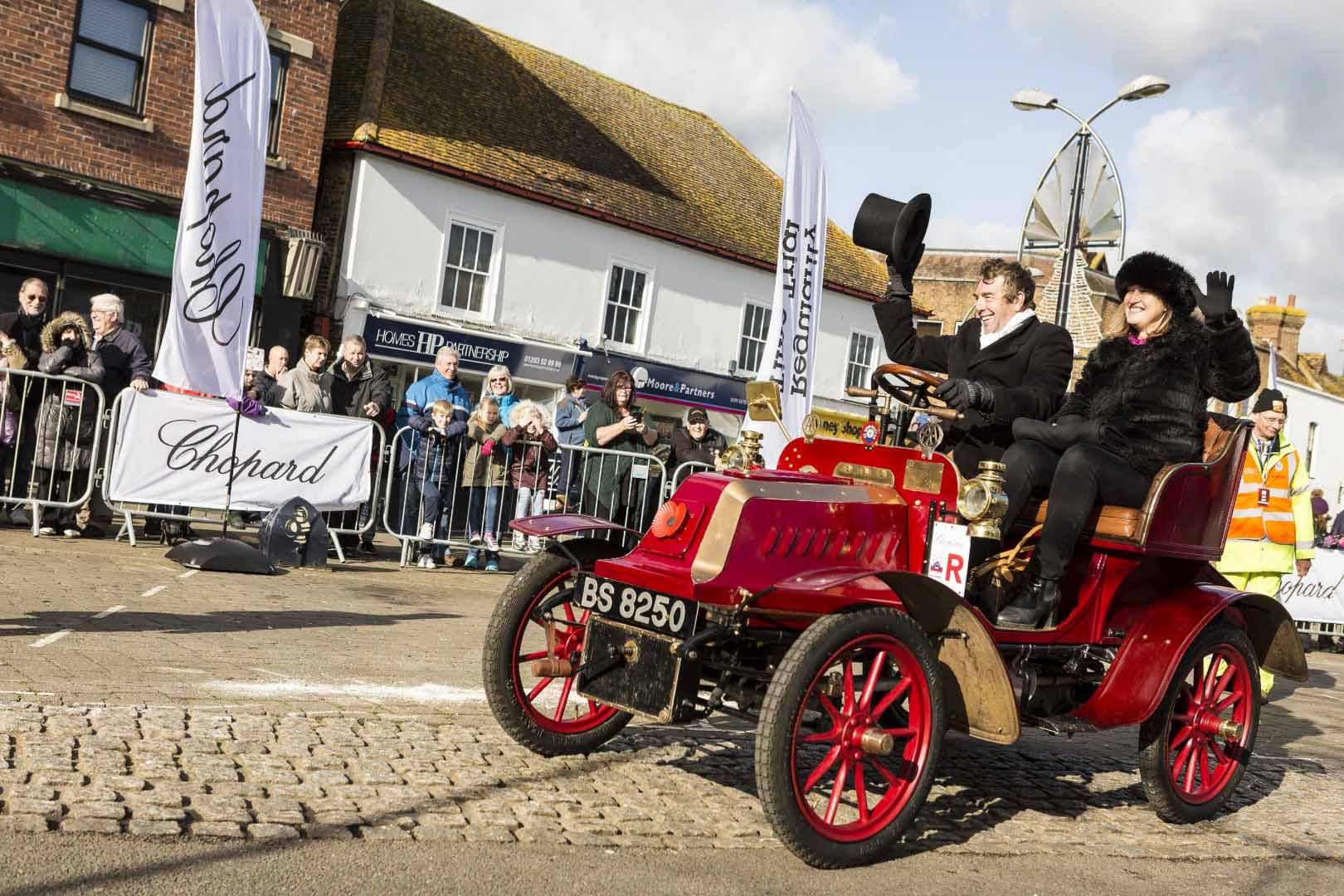
1994
This was the first year (at least in the modern era) that the cars officially stopped at the George Hotel, Crawley. The original initiative came from Crawley Borough Council, and the Mayor of Crawley has attended every Run since.
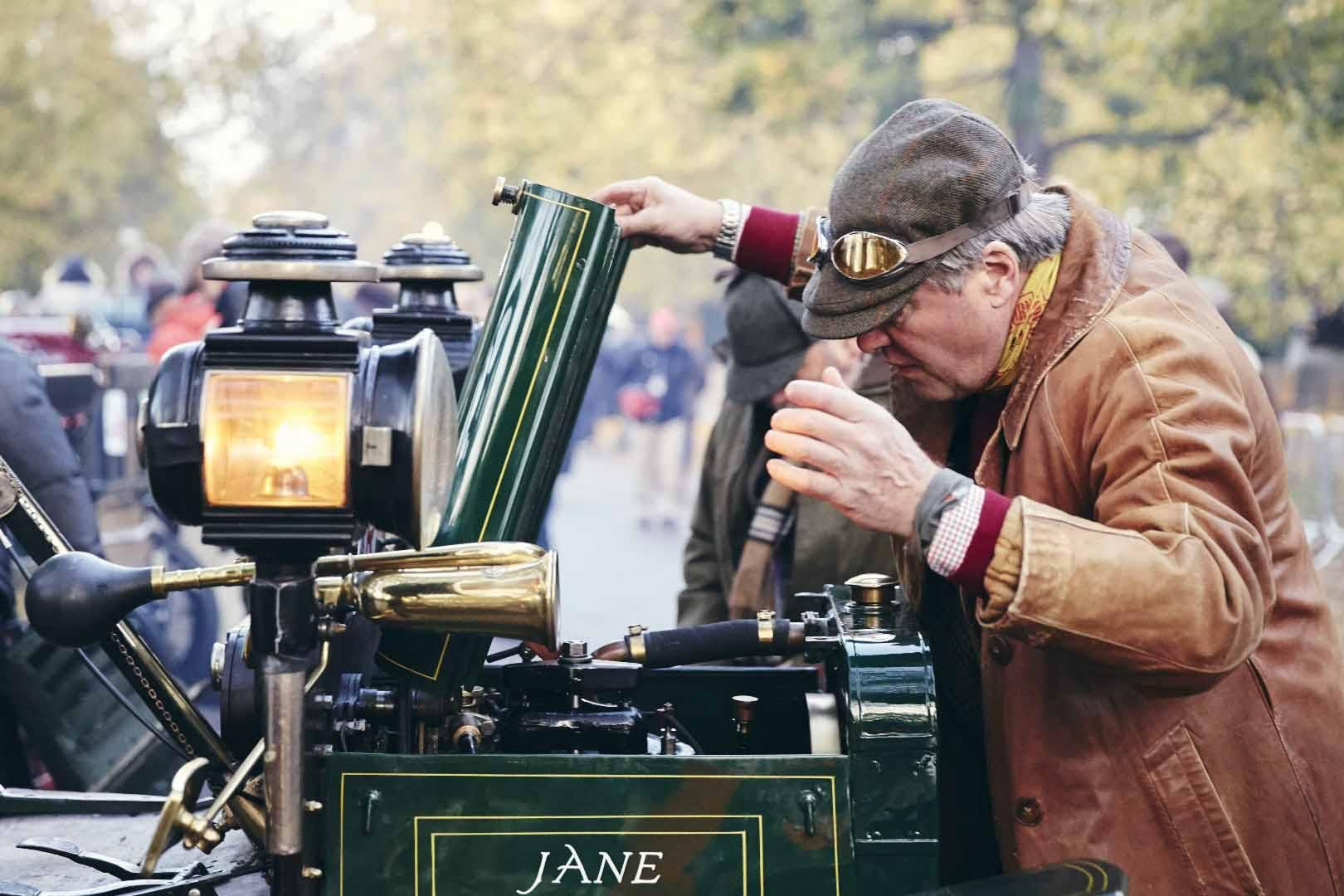
1996
Largest number of cars entered the Run as it was the centenary year. There were 680 cars in total.
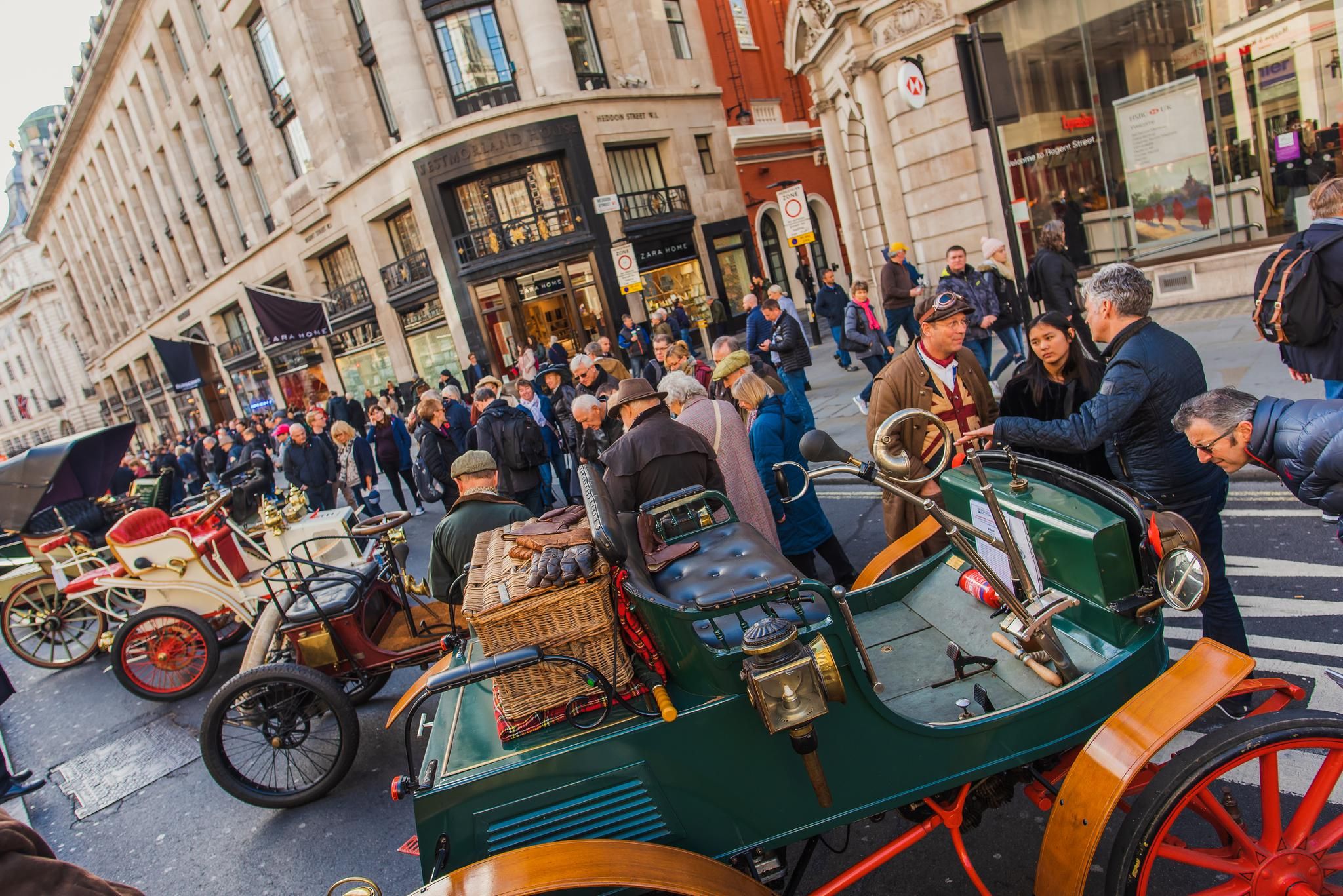
2005
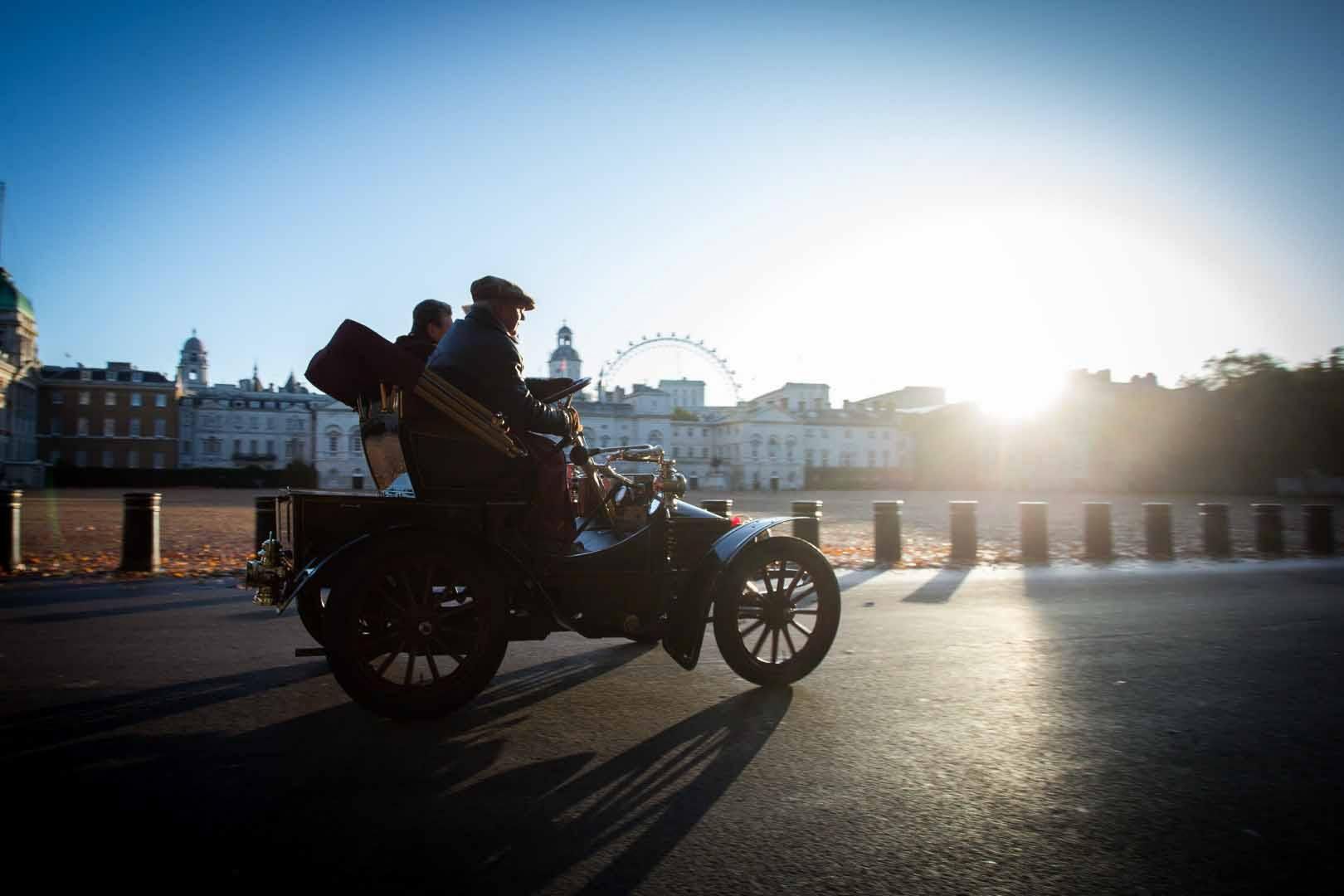
2010
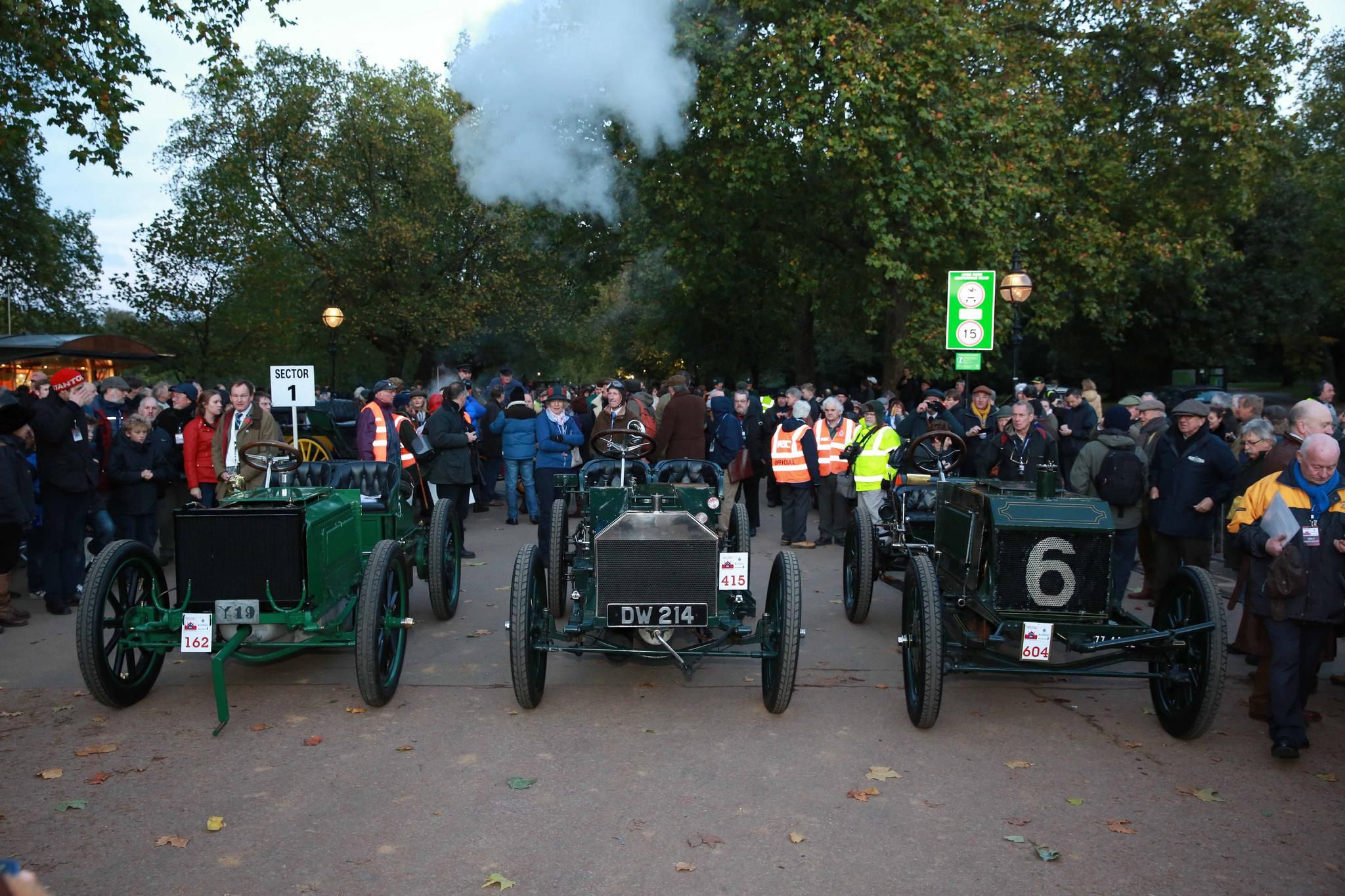
2013
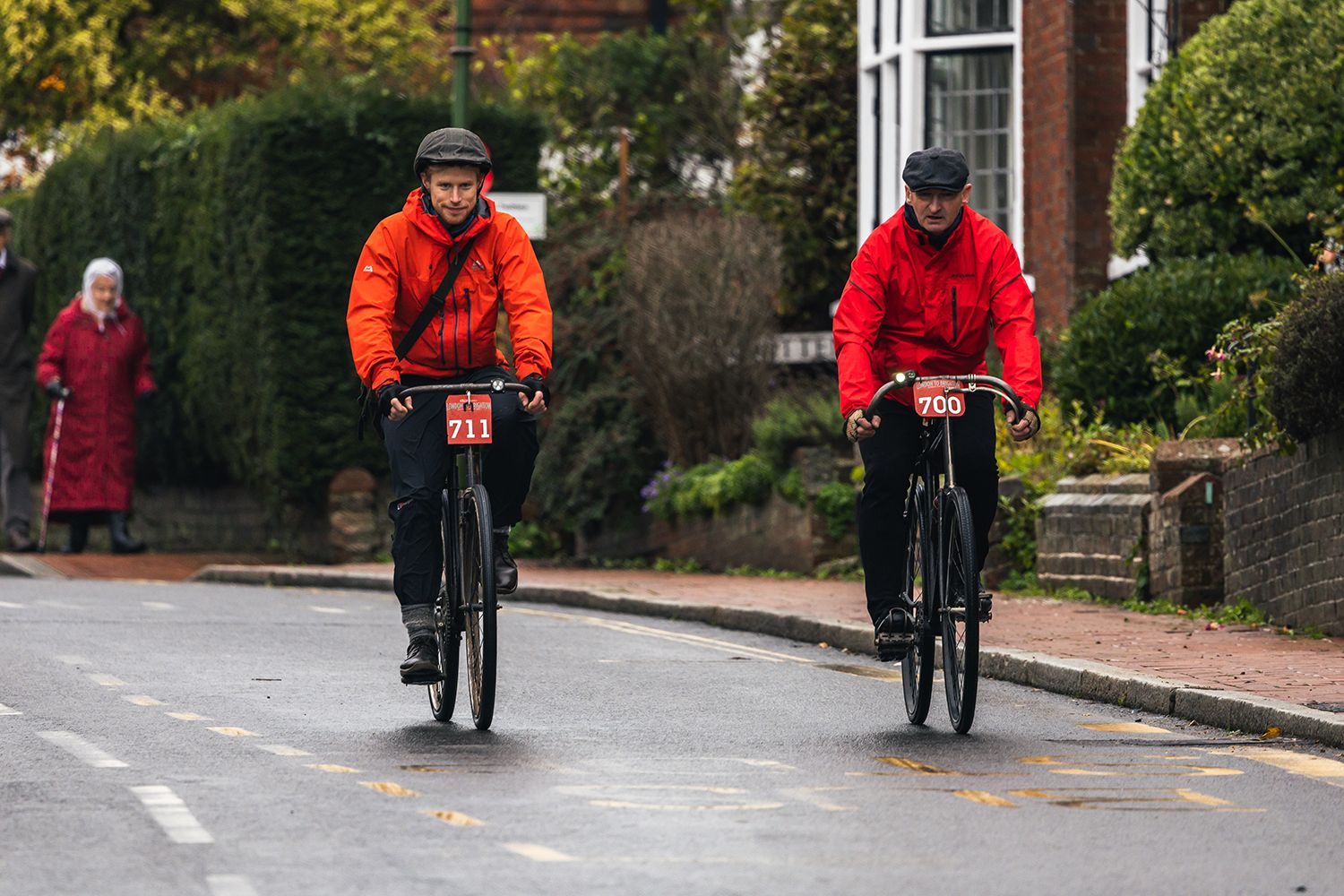
2017
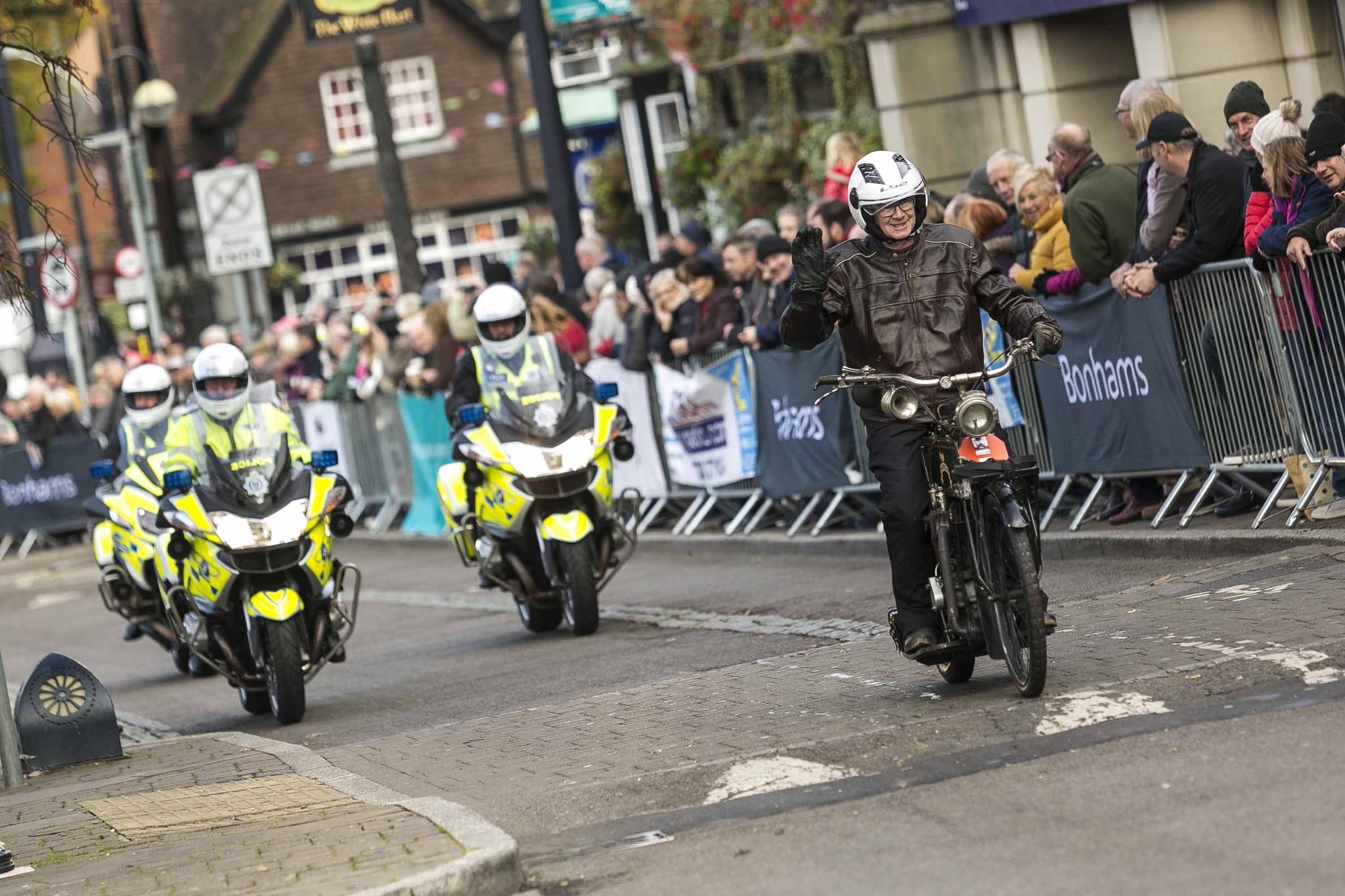
2018
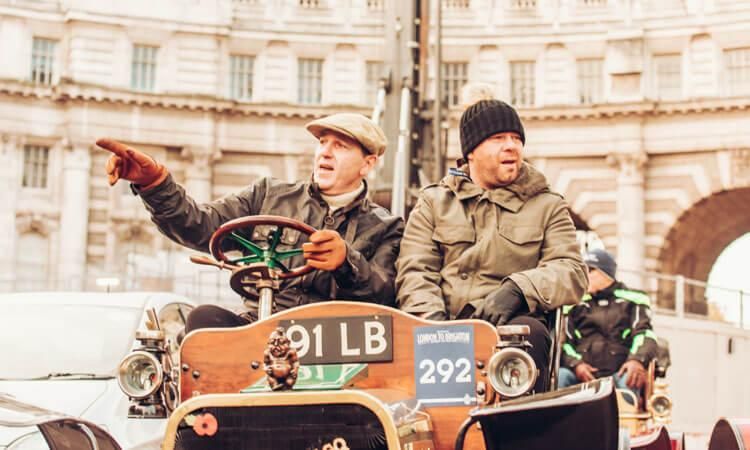
2018
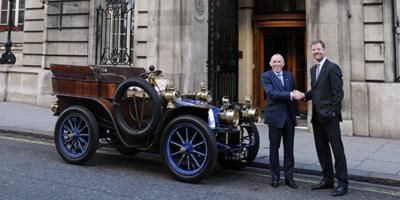
2020
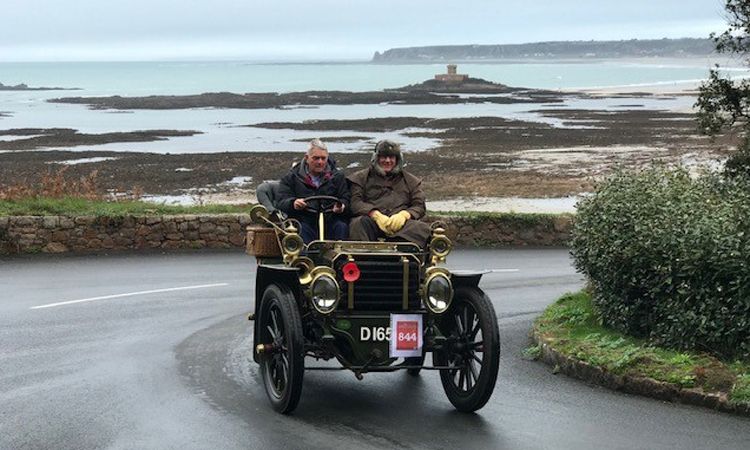
2020
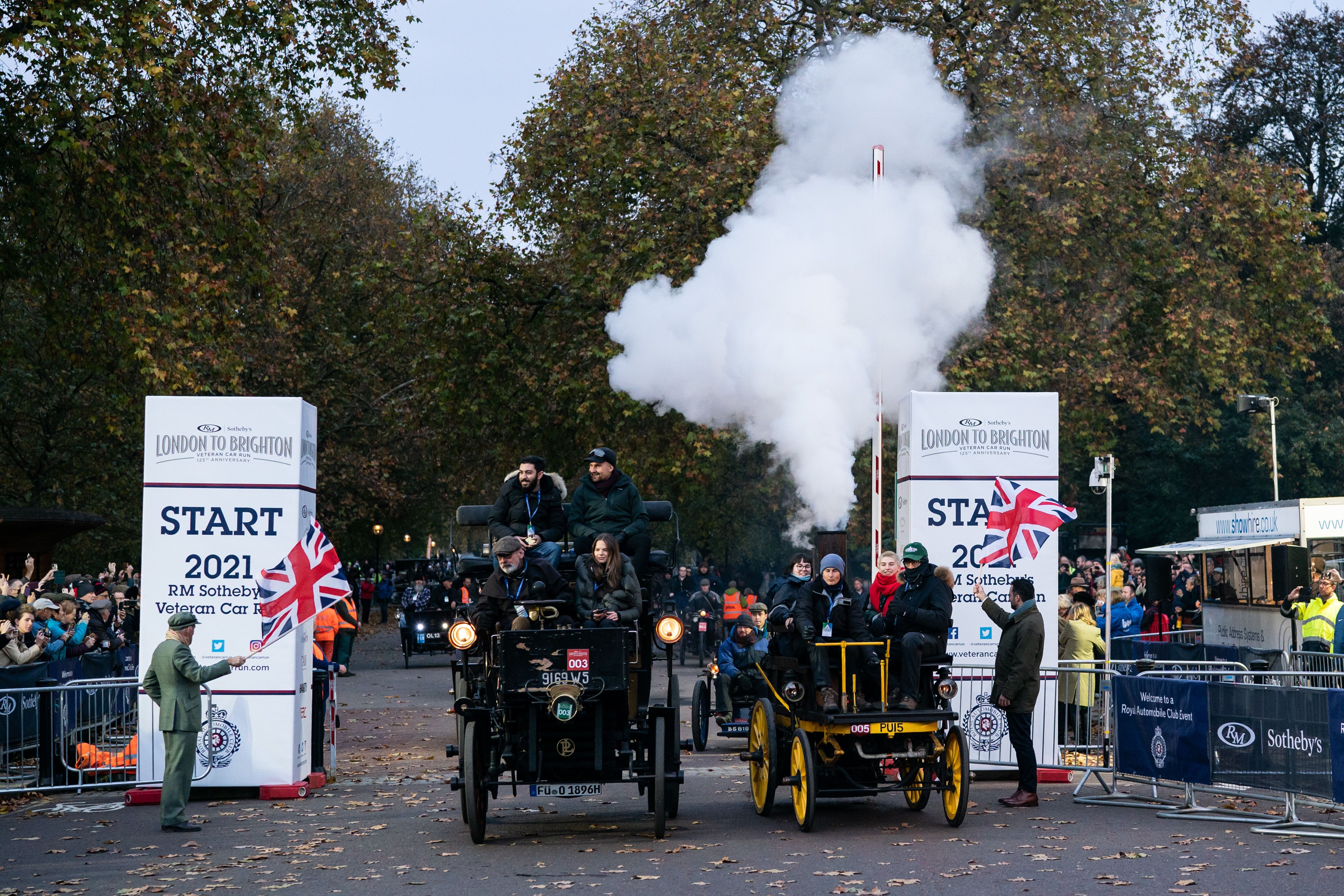
2021
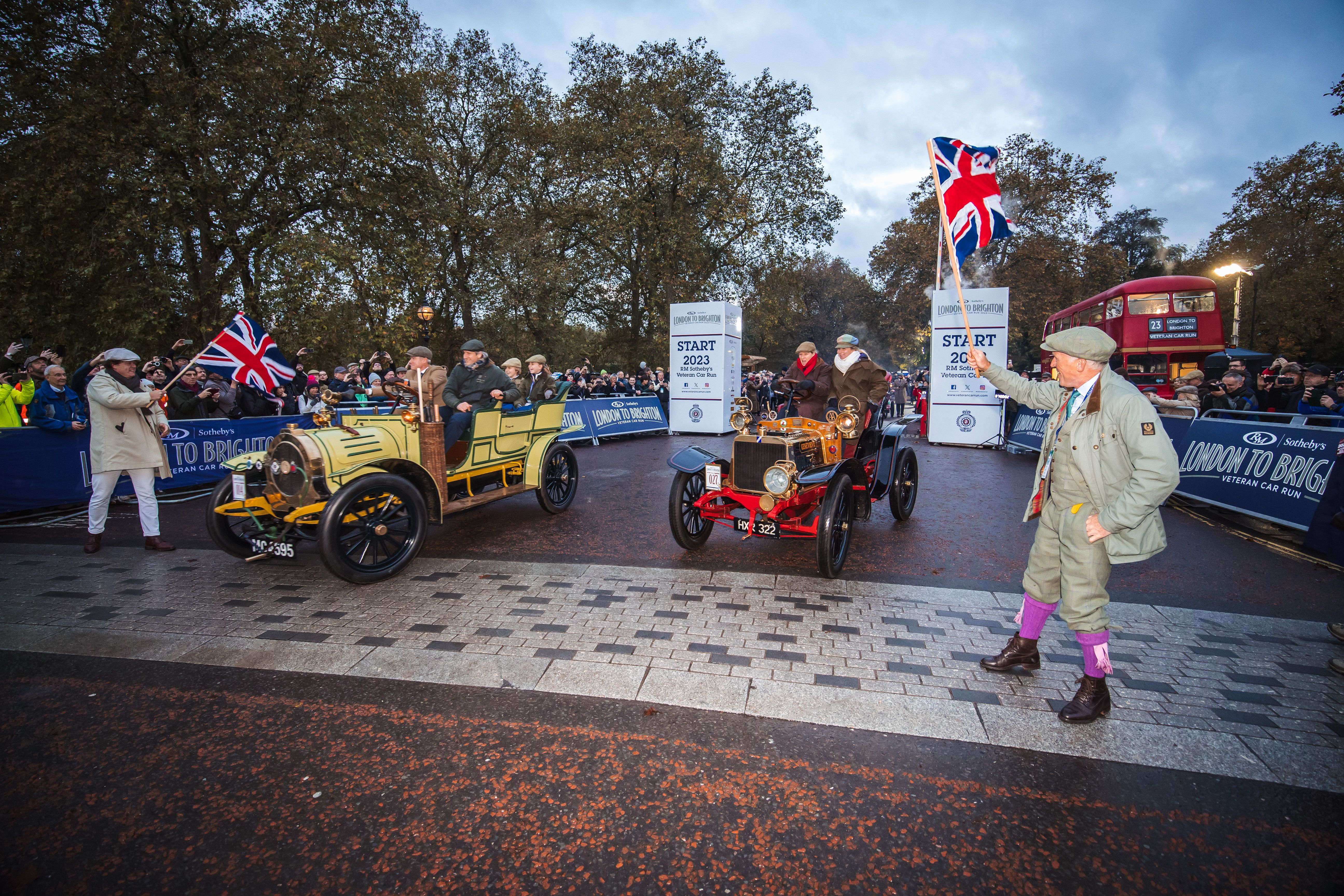
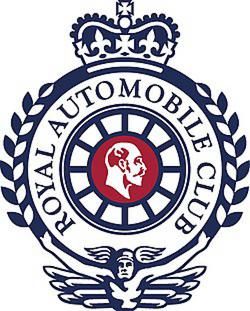



.jpg.png)




.resize-500x189.png)





